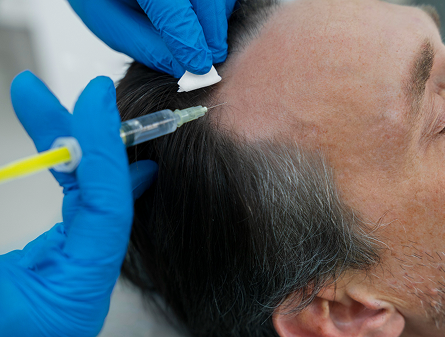Low-level laser therapy (LLLT) exposes the skin tissue to wavelengths of light on the red and “near-infrared” side of the visible light spectrum. It can stimulate the stem cells on the scalp, which causes hair to grow.
Finasteride is a hair regrowth medication for male pattern hair loss. It works by lowering dihydrotestosterone (DHT) levels which cause hair follicles to shrink and weaken. LLLT is a non-invasive treatment that does not typically come with any side effects.
Finasteride is available as an oral solution or a topical treatment, both come with their own side effects. Check out the comparison table below to see whether LLLT or finasteride is a suitable treatment option for you.
- Low-level red laser therapy is used to increase scalp blood flow and stimulate follicular activity.
- In contrast to finasteride, it is non-surgical, drug-free, and appropriate for both females and males.
- Finasteride is an oral medication that blocks DHT to slow down male hair loss.
- Unlike laser treatment, it is systemic and not suited for females.
- At-home laser devices cost between $300–$1000 and are a one-time investment.
- While more expensive upfront than finasteride, there are no ongoing medication costs.
- Finasteride typically costs $30–$70 monthly in Australia with ongoing prescriptions.
- More affordable to start than laser therapy, but it accumulates cost over time.
- Laser therapy is done 3–5 times weekly, with visible improvement in 3–6 months.
- Like finasteride, consistent use is needed indefinitely to maintain benefits.
- Finasteride is taken once daily and shows results after 3–6 months.
- Compared to laser therapy, it’s less time-consuming but also requires lifelong use.
- Laser therapy applies red light directly to the scalp to activate cells and enhance growth.
- It’s a localised physical treatment, not a chemical intervention.
- Finasteride works internally by inhibiting the conversion of testosterone to DHT.
- Unlike laser therapy, it addresses the hormonal root cause of male pattern baldness.
- Laser therapy has minimal side effects and is generally safe for long-term use.
- Unlike finasteride, it does not impact hormonal balance or cause systemic side effects.
- Finasteride can cause sexual side effects and mood changes in a small percentage of users.
- Compared to laser therapy, it has more potential risks and requires medical oversight.
- Laser therapy requires dedicated session time and access to a device.
- Less convenient than taking a pill, but hands-free options improve usability.
- Finasteride is taken orally once a day, making it extremely easy to maintain.
- Unlike laser therapy, it requires no extra setup or device handling.
- Laser devices are available online, but are more expensive and less accessible than pills.
- Not stocked as widely as finasteride through pharmacies.
- Finasteride is widely prescribed in Australia for male hair loss.
- Compared to laser therapy, it is more affordable up-front and available through GPs.
- Laser therapy results diminish gradually when treatment is paused or stopped.
- Requires regular sessions to maintain benefits long-term.
- Finasteride maintains results with continued daily use, but stopping it leads to a reversal.
- Unlike laser therapy, results may not last as long if adherence drops.
- Laser therapy can be used with minoxidil, vitamins, or as part of post-transplant healing.
- It complements finasteride well without interference.
- Finasteride is often combined with laser therapy or minoxidil for enhanced results.
- Unlike laser therapy, it cannot be used by women and must be monitored for side effects.
- Laser therapy attracts users who prefer drug-free, tech-based solutions.
- Viewed as modern and non-invasive, with minimal side effects.
- Finasteride appeals to those seeking convenience and clinically proven results.
- Unlike laser therapy, it offers an internal systemic approach that feels effortless.
- Laser therapy improves scalp blood flow and may reduce inflammation.
- Best suited for early thinning and maintenance rather than finasteride.
- Finasteride reduces DHT, directly targeting hormonal hair loss.
- Unlike laser therapy, it addresses the root hormonal imbalance but doesn’t improve scalp health.
- Laser therapy creates minimal waste after purchase and can be reused indefinitely.
- More sustainable than repeat medication use.
- Finasteride produces monthly packaging and prescription-related waste.
- Less eco-friendly than laser therapy over the long term.
Shop our hair solutions
We are committed to providing affordable hair regeneration services for people all over Australia. Our formula can help you regain your confidence.
Shop Now

Laser Therapy vs Finasteride Treatment For Hair Loss Comparison Summary
If you are looking for a non-pharmaceutical treatment, LLLT may be a better choice for you. LLLT sessions in a clinic can become costly as regular treatments are required to see results. Finasteride, in comparison, is a cheaper treatment in the long run but must be taken daily to see the benefits.
Research is still required as to how effective LLLT is as a monotherapy and the factors that influence results such as the wavelength of light used, duration of the session and the number of sessions required per week. Comparatively, finasteride is seen to be a suitable long-term treatment with research indicating a high uptake even after 10 years of taking the oral solution.
Some patients can experience an initial shedding of hair with LLLT known as telogen effluvium which is your body’s reaction to a perceived stressful event. Finasteride is not known to cause telogen effluvium meaning it can be less disruptive to your daily life.
User Guidance
LLLT can be done at home to complement other treatments such as minoxidil according to research. LLLT at-home devices are fairly accessible but quality can vary depending on price. Finasteride can be easily accessed through virtual GP consultations and the prescription can be delivered straight to your door without requiring an in-person clinical visit.
Finasteride is often combined with other nutraceuticals and hair growth ingredients in unique formulations that can tackle different causes of hair loss for a comprehensive treatment. LLLT may be paired with other non-pharmaceutical treatments like Pulsed Electromagnetic Field (PEMF) therapy, but results may not be as effective as pharmacological solutions.
Take Our Hair Loss Quiz to See Which Treatment Suits You?
Take A Hair Quiz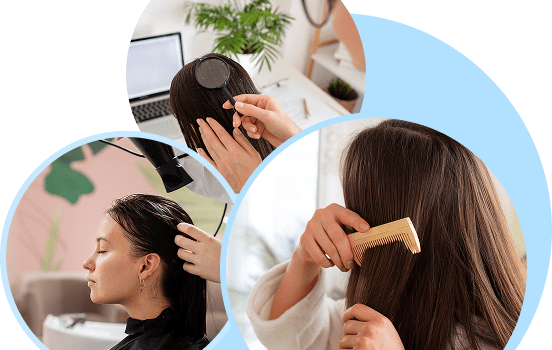

Frequently Asked Questions
We have put some commonly asked questions.
Nunc scelerisque tincidunt elit. Vestibulum non mi ipsum. Cras pretium suscipit tellus sit amet aliquet. Vestibulum maximus lacinia massa nontor.
Platelet-rich plasma (PRP) treatment involves drawing blood from the patient, isolating the beneficial nutrients and injecting it into the scalp where hair loss is occurring. This promotes hair growth and has many other applications from encouraging healing to skin rejuvenation.
Platelet-rich plasma (PRP) treatment involves drawing blood from the patient, isolating the beneficial nutrients and injecting it into the scalp where hair loss is occurring. This promotes hair growth and has many other applications from encouraging healing to skin rejuvenation.
Platelet-rich plasma (PRP) treatment involves drawing blood from the patient, isolating the beneficial nutrients and injecting it into the scalp where hair loss is occurring. This promotes hair growth and has many other applications from encouraging healing to skin rejuvenation.
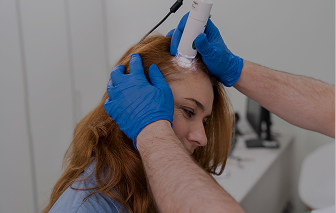
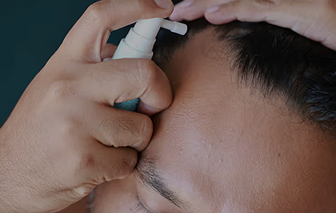

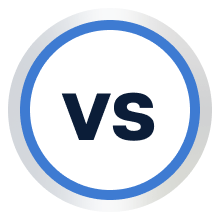


 See All
See All